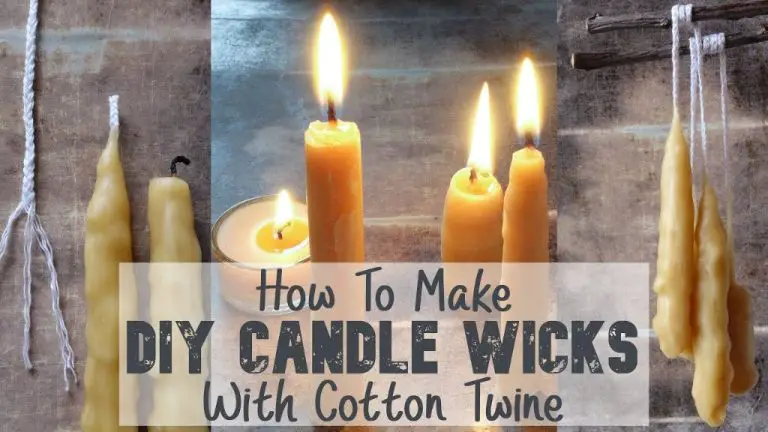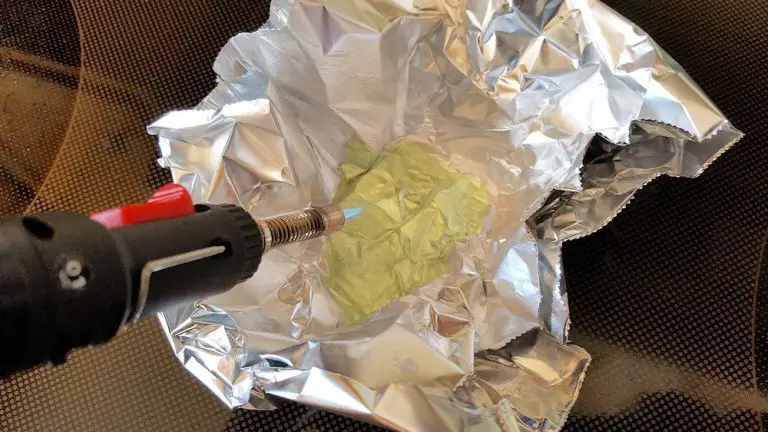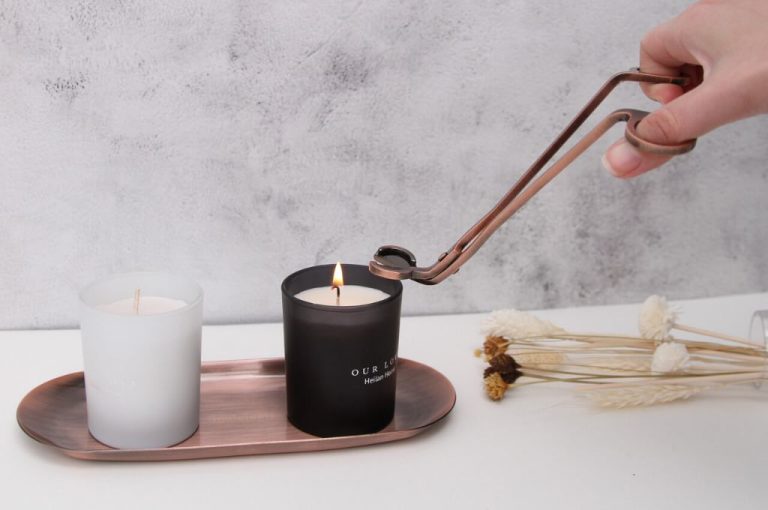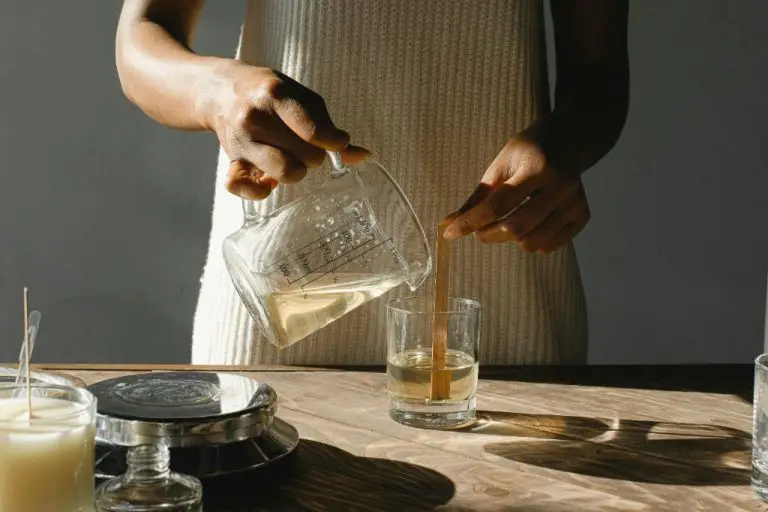How Many Drops Of Essential Oil To Add To Liquid Soap?
Adding essential oils to liquid soap has become very popular due to the numerous benefits oils can provide. Essential oils not only make soap smell nice, but studies show they can also have therapeutic effects when absorbed through the skin during washing. Oils like lavender and chamomile are known for their calming and relaxing properties, while oils like peppermint and rosemary can help wake you up and invigorate the senses (Source).
When adding essential oils to liquid soap, it’s important to use the right amount. Too much oil can make the soap irritating, while too little will not provide any benefits. The proper oil amount depends on factors like the size of your batch, concentration of the oils, and personal preference. This article provides recommendations for how many drops to add based on your soap batch size and tips for safely enhancing your homemade liquid soap with the healing benefits of essential oils.
Popular Essential Oils for Soap
Some of the most popular essential oils used in soap making include:
- Lavender – With its floral scent and skin-soothing properties, lavender is one of the most versatile essential oils for soap (https://www.modernsoapmaking.com/blog/top-ten-essential-oils-for-soapmaking-starter-essential-oil-blends).
- Tea tree – Tea tree oil has antimicrobial properties and a medicinal scent that works well for facial and body soaps (https://thesoapcoach.co.uk/blogs/on-my-soap-box/which-essential-oils-work-well-in-soap-making).
- Lemon – Lemon essential oil brings a fresh, citrus scent and can help cut greasiness. It also provides antioxidant benefits.
- Peppermint – Peppermint essential oil lends an invigorating minty aroma and cooling sensation.
- Eucalyptus – With its crisp, woodsy fragrance, eucalyptus oil helps clarify and open airways.
Other common choices are rosemary, cedarwood, spearmint, and sweet orange oils.
Recommended Amounts
When using essential oils in soap making, it’s important not to use too much. According to the European Union, essential oils should be used at a rate of 3% or less of the total soap recipe for safety reasons (source).
Most soap makers recommend using essential oils at just 0.5-1% of the total weight of oils in your recipe. Using too much essential oil can result in skin irritation for some people. It’s best to start with a low amount like 0.5% and increase slowly in future batches if you want a stronger scent (source).

Always remember that a little goes a long way with essential oils. Use good judgment and restraint when adding them to soap.
Factors Determining Amount
When deciding how much essential oil to add to liquid soap, it’s important to consider that the scent strength varies significantly between different oils. For example, oils like lemon and peppermint are very potent and you only need a small amount to make an impact. On the other hand, lighter floral scents like lavender may require more oil to achieve the desired aroma.
It’s also crucial to use essential oils safely, as some can cause irritation or allergic reactions at high concentrations. A good rule of thumb is to keep total essential oils under 3% of your liquid soap recipe by weight. If using multiple oils in a blend, limit each individual oil to 1% or less. Always conduct a skin test when trying a new oil.
Cite: https://lovinsoap.com/2014/06/essential-oil-and-fragrance-oil-usage-rates-in-soap/
Usage and Safety
When using essential oils in soapmaking, it’s important to keep safety in mind. Essential oils can cause skin irritation for some people, so it’s recommended to do a skin test before using a new essential oil blend. Simply apply a small dab to your inner elbow and wait 24 hours to see if any redness or irritation develops.
Never ingest essential oils or get them in your eyes, as they can be toxic. Essential oils should always be diluted before applying to skin, and special care should be taken with children and pregnant women. According to the Poison Control Center, “Individuals who have sensitive skin, including children, should not apply essential oils to their skin or use these products when making homemade soaps.” (https://www.poison.org/articles/is-it-safe-to-make-soap)
When adding essential oils to liquid soap, it’s best to start with lower amounts like 1-2 drops per ounce until you know how your skin will react. Never go above the recommended safe usage rates. Handle essential oils carefully and store soap containing oils properly to avoid oxidation.
Storing Soap with Oils
Properly storing soap that contains essential oils is important for preserving the scent. Essential oils can lose their potency and aroma over time, especially when exposed to light, heat, and air.
Ideally, soap with essential oils should be stored in a cool, dark place in an airtight container like a sealed plastic container or ziplock bag. Avoid clear containers that allow light to penetrate. Store soap between 55-75°F for best scent retention.
Lower temperatures are better for extending shelf life. Storing soap in the refrigerator is effective if you have space, as the cooler environment slows the evaporation of the essential oils. Freezing is not recommended as this can cause frosting on the soap.
With proper storage techniques, most handmade soap with essential oils will retain its scent for 4-6 months. Citrus and mint oils may fade faster than other essential oils. Storing soap in the fridge can prolong scent for 6-12 months.
Wrapping each bar of soap individually in waxed paper before placing in the storage container can also protect the scent. Refreshing with a few drops of essential oils on the outside of the soap bar every few months can help revive a fading scent.
Measuring Oils
When adding essential oils to liquid soap, it’s important to measure them accurately. Using the right tools will ensure you get the exact amount of oil needed.
Pipettes are a convenient and precise way to measure small amounts of essential oil. Glass pipettes allow you to draw up the specific number of drops required. Avoid using common household droppers, as they won’t provide an accurate measure.
For larger amounts, a digital kitchen scale is recommended. Make sure to use one that measures in milliliters or grams. Tare the scale before adding any oil so you get an exact weight. When a recipe calls for teaspoons or tablespoons, first weigh that conversion on your scale before adding it to the soap.
Don’t rely on visual estimation of essential oils, as it’s easy to add too much. Precise measurement ensures your soap has the intended potency and prevents waste of these concentrated oils.
Adding Oils to Soap
When adding essential oils to handmade soap, there are a few best practices to follow:
For cold process soap making, it is generally recommended to add the essential oils after the soap has gone through saponification and before pouring it into the mold. This helps prevent the essential oil scent from diminishing during the saponification process which uses lye and heat. Wait until the soap batter has cooled down significantly before adding the essential oil blend.
For hot process soap making, you can add the essential oils after the cook phase when the soap has cooled down. The cook phase helps set the scent so there is less chance of fading.
No matter what soap making method you use, avoid adding essential oils before combining the lye and oils. The chemical reaction can negatively impact the scent. Stir the oils in thoroughly after adding to prevent pockets of stronger scent.
Start by adding essential oils just before pouring at 0.5-1 ounce per pound of soap. You can adjust to your preference based on desired scent strength.
When adding essential oils, it’s also important to keep storage in mind. Soaps with higher amounts of essential oils may need to cure longer before use. Wrap bars soon after crafting so the volatile oils don’t interact with air.
Enhancing Scent
While essential oils provide wonderful fragrance to handmade soap, some find that the scent fades faster than they would like. There are a few ways to boost the scent when using your soap:
- Add a few drops of essential oil to the soap directly before use. This provides an immediate scent boost when you wash with the soap. Use caution not to overdo it though, as too much essential oil can cause skin irritation. Start with 1-2 drops per use.
- Pair complementary essential oils, such as lavender and vanilla or lemon and peppermint. Combining 2-3 synergistic scents can create a stronger overall fragrance.
- Use essential oils that are known to retain their scent well in cold process soap, like patchouli, vetiver, or cedarwood. See the Modern Soapmaking blog for recommended oils.
With a bit of trial and error, you can find the right balance of essential oils to create a wonderfully scented handmade soap.
Conclusion
Adding essential oils to liquid soap can provide wonderful aromatherapy benefits. The amount to add depends on factors like the strength of the oils, desired scent, skin sensitivity, and soap batch size. Start with recommended usage rates of 1-2% of soap weight for mild oils and 0.5-1% for stronger oils. Adjust amounts based on personal preference, taking care not to exceed safe usage limits. Test soaps on a small skin area before wider use.
Experiment with your favorite oil blends in different soap recipes for fun, personalized products. Vary oil amounts and combinations to find your perfect balance of scent. Just be sure to properly store soaps with added oils. With some creativity and care, homemade soaps with essential oils can make wonderful gifts and spa-like bath treats.





